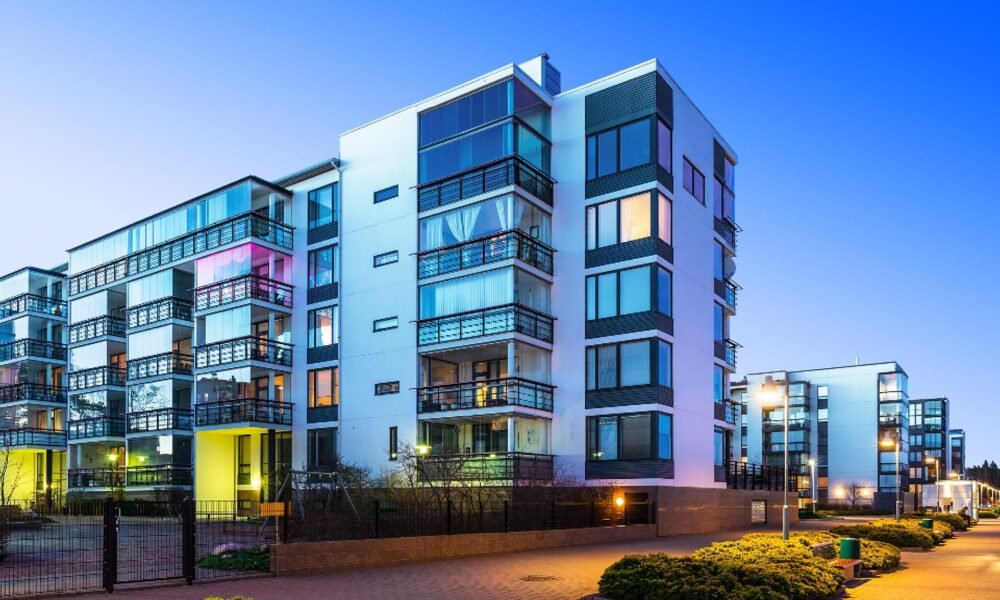Location is often the make-or-break factor in the business world. A visible spot with easy access can mean the difference between a thriving enterprise and one struggling to attract customers. Take, for instance, a new restaurant in Commercial Property To Let Oldham. It needs a prime location bustling with hungry clients. However, not all businesses require such prominence. Service-based ventures like plumbing or call centres can thrive in low-cost rentals in safe neighbourhoods. Still, regardless of the type of business, finding the right location remains paramount. It shapes visibility, accessibility, and ultimately, the customer base. “Location, location, location” may sound cliché, but in the commercial sector, it’s an undeniable truth. Businesses must carefully consider their location when leasing commercial property, as it sets the stage for success or failure. In this article, we’ll delve into the critical role that location plays when leasing commercial property.
Proximity to The Key Infrastructure for Commercial Property
Proximity to essential infrastructure stands as a pivotal determinant for the success of a commercial property investment. Optimal locations boast convenient access to major highways, airports, ports, and public transportation nodes. Accessibility serves as a primary catalyst for businesses, playing a vital role in enticing prospective tenants or buyers. The convenience of reaching crucial transportation arteries enhances the appeal of a property, amplifying its value proposition in the eyes of potential occupants or investors. Therefore, when assessing commercial real estate opportunities, prioritising proximity to critical infrastructure emerges as a strategic imperative for maximising investment potential and ensuring long-term viability.
Targeting the Right Audience for Your Business
When selecting the ideal location for your business, it’s crucial to strike a balance between suitability and affordability. While budget constraints may be a concern, opting for a cheap location in the wrong area could prove detrimental. Several factors warrant consideration before finalising a location. Assess your financial capacity to determine a feasible rent range. Ensure that the chosen site aligns with the zoning regulations governing your business activities. Evaluate the type of location that best serves your business needs; does it require high foot traffic or convenient parking for customers who drive? Additionally, consider how the reputation of the building or neighbourhood might impact customer attraction. By addressing these questions upfront, you can make a well-informed decision that sets your business up for success in its chosen location.
Rising or Falling Property Values
When deciding on a location for your business, it’s essential to consider the trajectory of property values in the neighbourhood. Opting for a long-term lease or purchase means committing to the area’s prospects. A neighbourhood in decline with numerous vacancies might offer tempting bargains, but it could spell trouble for your business in the long run. Conversely, an area undergoing revitalisation may command higher costs initially, yet the potential for sustained growth and popularity makes it a worthwhile investment. By staying attuned to neighbourhood trends and property value fluctuations, you can ensure that your business is situated in a location poised for prosperity.
Competition and Market Saturation
Evaluating the competitive environment plays a pivotal role in location selection. The goal is to position your business where demand outstrips supply, striking a delicate equilibrium. It involves ensuring sufficient competition to validate the location’s potential while allowing your property to carve its niche. By conducting a thorough market analysis, you can identify areas with favourable demand dynamics, signalling a robust market for your business. This approach enables you to capitalise on existing consumer interest while leveraging your property’s unique selling points to differentiate it from competitors. Ultimately, selecting a location with a balanced competitive landscape sets the stage for sustained success and growth in your chosen market segment.

Commercial Property’s Tax Incentives And Regulations
Tax incentives and regulations wield significant influence over the location of industrial commercial real estate. Incentives, designed to spur economic activity, entice businesses to establish operations in specific areas. For instance, tax breaks may incentivise investments in research and development centres or manufacturing facilities, stimulating job creation and economic expansion. These incentives serve as catalysts for attracting new industries and bolstering regional economies. Conversely, regulations play a pivotal role in shaping the landscape of industrial real estate. They dictate operational protocols, production standards, and employee relations, exerting a profound impact on businesses’ operations and location decisions. By navigating the interplay between tax incentives and regulations, businesses can strategically position themselves to leverage favourable conditions and thrive in their chosen industrial real estate market.
Conclusion
The location serves as the foundation upon which businesses thrive or falter. From visibility and accessibility to proximity to the target market and regulatory considerations, the choice of location influences every aspect of a business’s operations and success. By carefully assessing the impact of location and conducting diligent research, businesses can secure a strategic advantage and pave the way for long-term prosperity in the competitive marketplace. Visit Techuper for more.




